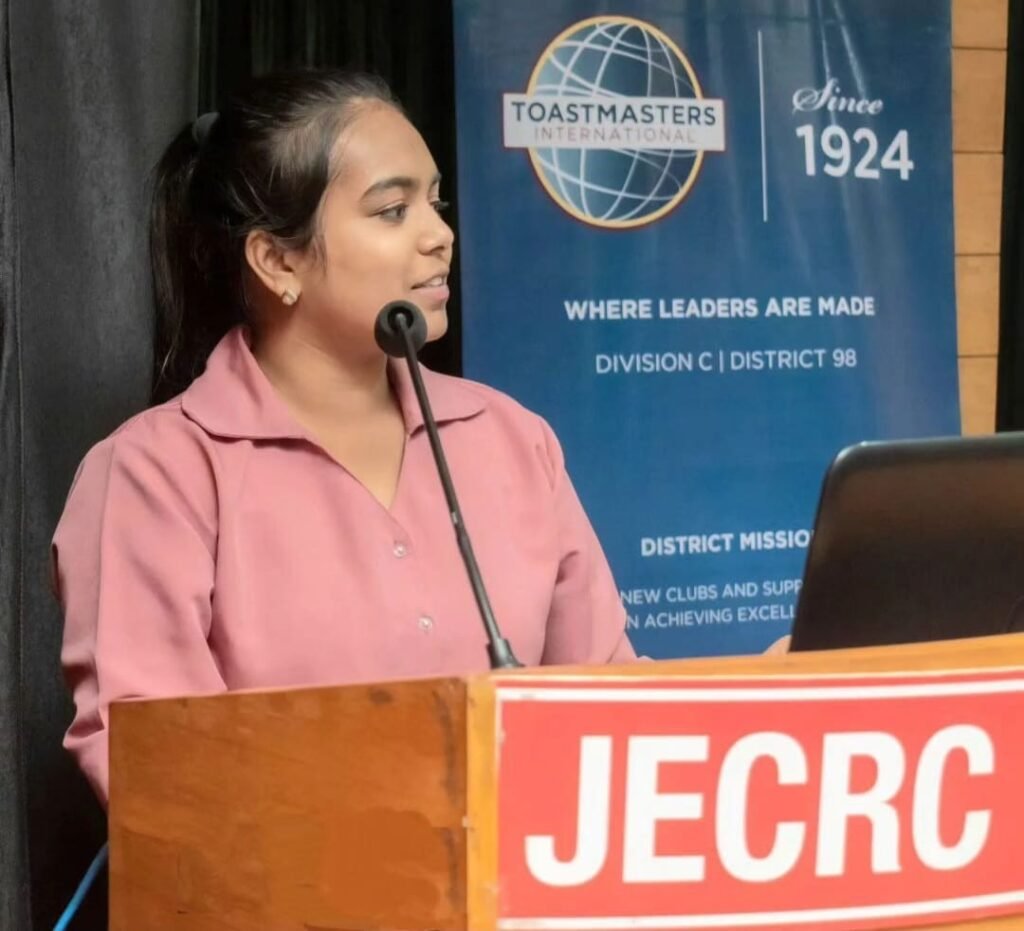Discover a detailed, product manager-style comparison of Ola, Uber, Rapido, inDrive, BlaBlaCar, and BluSmart. Analyze features, user experience, pricing, and growth opportunities in India’s 2025 ride-hailing market.
Introduction
Hi! I’m Malika, an aspiring product manager passionate about solving real-world user problems. In this blog, I’ve analyzed six of India’s most popular ride-hailing platforms — Ola, Uber, Rapido, inDrive, BlaBlaCar, and BluSmart — through the lens of product thinking.
These apps aren’t just about booking a ride — they represent different strategies, pain points, and product philosophies. Let’s explore what each gets right, where they struggle, and what I would improve if I were the PM at each company.

🌍 Why Ride-Hailing in India Still Matters in 2025
The Indian mobility market is expected to cross ₹65,000 crore (~$8 billion) by the end of 2025. With rising traffic, fuel prices, and urban congestion, ride-hailing isn’t a luxury anymore — it’s a daily essential.
New-age users want:
🚕 Reliable rides (no cancellations)
💸 Transparent, affordable fares
📲 Fast apps that work on any phone
🔐 Safety and support they can count on
Let’s see how our top six apps address (or miss) these expectation
🧭 Quick Snapshot: India’s 6 Big Players in 2025
| App | Launch Year | Core Focus | Unique Strength | Play Store Downloads 📥 | Play Store Rating ⭐ |
|---|---|---|---|---|---|
| Ola | 2010 | Cabs, Autos, Rentals, EVs | Extensive services, pan‑India presence | 100M+ | 4.7 |
| Uber | 2013 | Cabs, Autos, Bikes, Airport rides | Premium UX, global reliability | 500M+ | 4.4 |
| Rapido | 2015 | Bike Taxis, Autos | Fastest booking + lowest fares | 100M+ | 4.7 |
| inDrive | 2021 | Cabs, Autos, Bikes | User-set pricing model | 100M+ | 4.7 |
| BlaBlaCar | 2014 | Intercity Carpooling | Shared travel affordability | 100M+ | 4.7 |
| BluSmart | 2019 | 100% Electric Cab Service | Eco-friendly, no cancellation | 1M+ | 4.6 |
🚀 PM Perspective: What’s Working and What Could Be Improved
1. Ola
🔹 What is Good
Strong variety: autos, cabs, EVs, rentals
Deep penetration in Tier 1 and Tier 2 cities
Integrated payments with Ola Money and EV support
🔧 What Could They Work On in 2025
Add a smart rerouting system after ride cancellations
Launch a driver loyalty and behavior improvement program
Optimize app performance for low-end devices and weak networks
2. Uber
🔹 What is Good
Best-in-class UI and intuitive booking flow
Strong customer support and in-ride safety features
Highly reliable driver base in metro cities
🔧 What Could They Work On in 2025
Introduce a Lite app version for low-data areas
Add a “female driver preferred” toggle
Offer a loyalty rewards program for frequent riders
3. Rapido
🔹 What is Good
Fastest booking experience
Lowest prices for short-distance travel
Very popular with students and daily commuters
Available in both metros and Tier 2 cities
🔧 What Could They Work On in 2025
Add live tracking and more accurate ETAs
Launch a trust badge system for verified and top-rated drivers
Enable in-app emergency chat support
Provide local language voice guidance during rides
4. inDrive
🔹 What is Good
Unique fare negotiation puts riders in control
Ideal for cost-sensitive users and flexible travel
Rapid growth in non-metro cities
🔧 What Could They Work On in 2025
Redesign app UI for simpler price suggestions
Add KYC verification and tiered ratings for drivers
Build a dedicated support system or help bot
Improve GPS accuracy and real-time tracking
5. BlaBlaCar
🔹 What is Good
Affordable, long-distance travel for intercity commuters
Helps drivers earn by sharing unused seats
Builds a community-driven travel ecosystem
🔧 What Could They Work On in 2025
Add real-time tracking and emergency SOS
Introduce KYC/social ID verification for both riders and drivers
Improve pre-ride communication tools
Launch student-focused campaigns in universities
6. BluSmart
🔹 What is Good
100% electric fleet = zero pollution rides
No surge pricing or cancellations = trust booster
Excellent safety and hygiene standards
🔧 What Could They Work On in 2025
Expand Blu Pass subscription plans
Offer ride pooling for peak hours
Improve ETA accuracy and location detection
Visualize carbon footprint saved post each ride
✅ Conclusion
As I analyzed these six ride-hailing platforms — Ola, Uber, Rapido, inDrive, BlaBlaCar, and BluSmart — one thing became clear: India’s mobility market in 2025 is not just about moving people, but about solving deep-rooted daily problems.
Each app offers a different value proposition:
Uber and BluSmart focus on reliability and safety
Rapido and inDrive are solving for affordability and accessibility
Ola continues to expand with breadth, while BlaBlaCar fills the intercity gap
But even the strongest apps have room to grow. From better driver behavior systems to UX for low-end devices, these product opportunities aren’t just feature requests — they’re moments to build trust, improve retention, and stand out.
This case study reminded me how a product manager’s real job is to spot invisible friction, listen like a user, and ship with empathy. And that’s exactly the kind of thinking I hope to carry forward in my own product journey.
📣 Let’s Connect!
I’m Malika, an aspiring product manager sharing my learnings, product case studies, and user-first insights.
If you found this case study helpful:
📌 Explore more on malikasingal.com
📲 Follow me on Instagram: @PMjourneywith_Malika
🔗 Connect with me on LinkedIn: Malika Singal
💬 Or drop a comment — which ride-hailing app do you use the most, and why?
📥 Prefer a downloadable version?
Click the button below to download this full Ride-Hailing App Case Study as a PDF — and keep it handy for future reference, interviews, or your product management learning journey.


